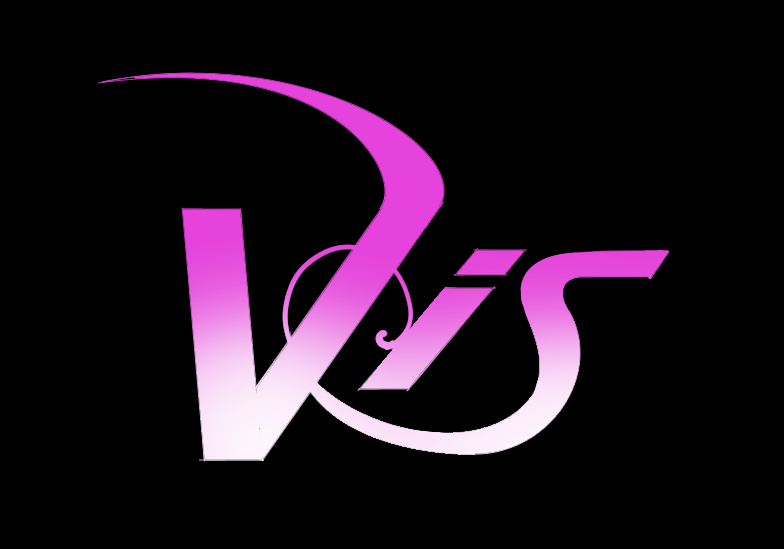Glam Metal (a.k.a. Hair Metal)
In the late-1980s, when Heavy Metal was as mainstream as anything else on MTV (does anyone remember MTV?), the Heavy Metal movement began taking after the 1970s, specifically 1970s Glam Rock (T. Rex, David Bowie, Alice Cooper, Queen). Popular Heavy Metal artists started teasing their hair and applying girly make-up in an effort to look as androgynous as possible, and putting an emphasis on stagecraft over substance and authenticity. Today, no one would bat an eye, but these were the 1980s, after all, and many Metal fans were like, “This is getting way too poppy and wimpy,” and we should all be grateful for that.1. If it wasn’t for them – fans and artists alike – who knows if, say, the Black Metal scene would have emerged as it did – with performers donning makeup and taking after the gay leather scene?2
In terms of letter design and style, Glam logos come in all sorts of types and shapes, but as a general rule they tend to be girly and brightly colored, which is by no means a bad thing. They’re just not particularly extreme and insular in design.

Some Glam Metal bands to check out:
- Mötley Crüe
- Poison
- Ratt
Related (sub)genre(s):
Reference(s):
[1] D. Konow. Bang Your Head: The Rise and Fall of Heavy Metal, p. 197, 2002; K. Spracklen and B. Spracklen. The Evolution of Goth Culture: The Origins and Deeds of the New Goths, p. 94, 2018; and S. Towe Horsfall, J.-M. Meij, and M. Probstfield, Music Sociology: Examining the Role of Music in Social Life, (unknown), 2013.
[2] Entry on Heavy Metal: Visual Style and Iconography. J. Sturman, ed. The SAGE International Encyclopedia of Music and Culture; W. Philips and B. Cogan. Studs. Encyclopedia of Heavy Metal Music, 2009; R. Moore. Ch. 3: Hell Awaits. Sells Like Teen Spirit: Music, Youth Culture, and Social Crisis, pp. 93-94, 2010; K. Grow. Rolling Stone: The Last Word: Judas Priest’s Rob Halford on the Joys of Leather and 40 Years of ‘Breaking the Law’. https://www.rollingstone.com/music/music-features/rob-halford-judas-priest-last-word-interview-1003838, 2020.
[3] B. Hutcherson and R. Haenfler. Musical Genre as a Gendered Process: Authenticity in Extreme Metal. In N.K. Denzin, ed. Studies in Symbolic Interaction, p. 116, 2010.
Take me back to the sample overview.

